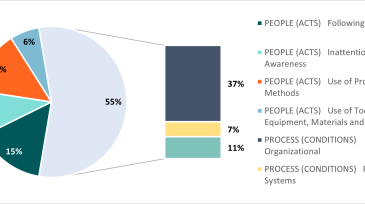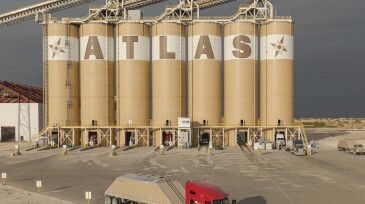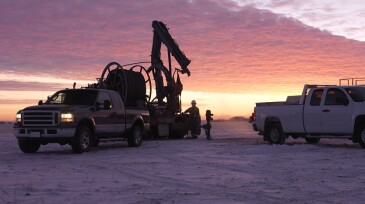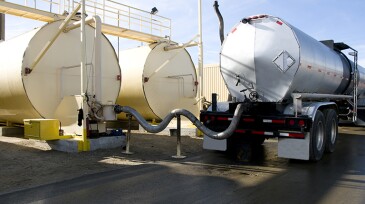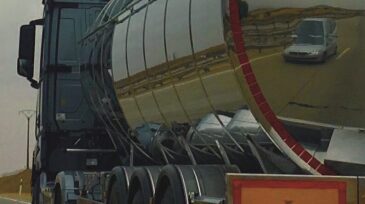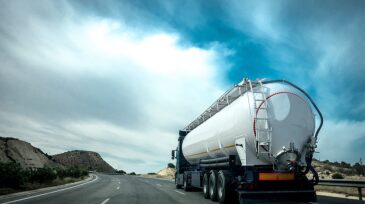driving
-
Aurora Innovation and Detmar Logistics have inked a deal for 30 autonomous trucks that will begin hauling sand in the region next year.
-
SponsoredDive into TAQA’s digitalization and deep learning initiatives that are shaping the company's new approach to its Journey Management System. This innovative concept minimizes transportation-related risks in a period of rapid operations expansion.
-
The company behind a 42-mile sand conveyor system is now leaning into autonomous vehicles for proppant logistics.
-
To explore motor vehicle safety, the agency is conducting interviews with workers as well as focus groups with managers and supervisors.
-
A recently published study connects risky driving to long work hours, lengthy commutes, and insufficient sleep.
-
Technology (and a tight hiring market) are eliminating surveillance in commercial trucking.
-
For the fourth consecutive year, driver shortage remains the trucking industry’s leading concern. Oil and gas and energy industries face major challenges in the retention and recruitment of drivers for their transportation fleets, especially for petroleum and liquid tankers.
-
The authors’ objective is to understand further how technology can support the prevention of driver fatigue and to explore driver beliefs related to fatigue and the technology designed to assist in fatigue avoidance.
-
The International Association of Oil and Gas Producers has released three new reports in its series of land transportation recommended practices.
-
Vehicle crash data reported throughout the industry from state and federal agencies as well as independent sources show that speed and seatbelt use are the two biggest contributing factors that lead to oilfield-related fatalities.
Page 1 of 2


